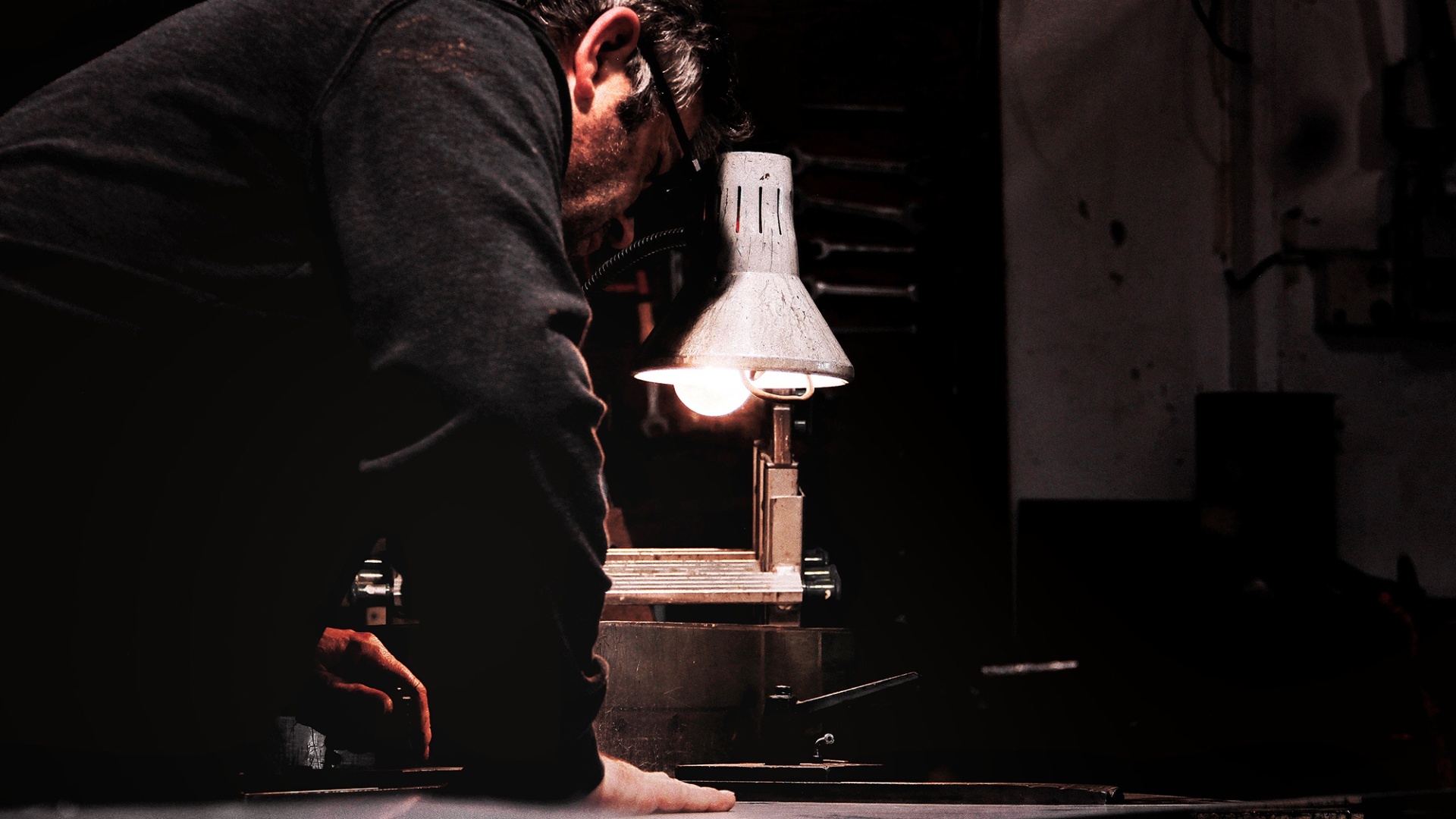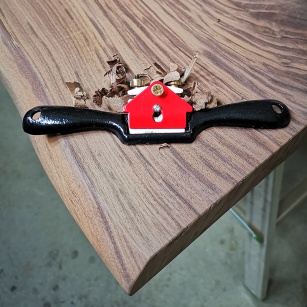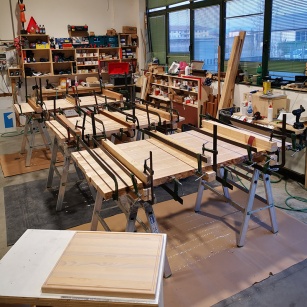MACHINERY AND MAIN TECHNIQUES
For wood processing, specific machines are used to facilitate and guide operations, providing the possibility to create furniture, fixtures, doors, and other furnishings.
What are the main wood processing steps?
- Production of semi-finished products (log cutting, drying, etc.)
- Second transformation (processing of semi-finished products)
- Surface finishing (lacquering, varnishing, etc.)
- Assembly
PHASES OF WOOD PROCESSING:
- CUTTING
- MILLING
- DRILLING
- PLANING
- SANDING
CUTTING:
Cutting is the first phase of wood processing.
PLANING:
Planing is necessary to make the faces of a wood panel linear, parallel, and of the required thickness.
MILLING:
Milling is a process that removes material to obtain a wide range of surfaces (planes, grooves, etc.).
DRILLING:
Drilling is an important phase because it allows the creation of holes and slots essential in many objects and furniture. For example, when making a wardrobe, hinges and locks need to be inserted, and holes for shelves need to be prepared.
BORING MACHINE:
The boring machine is necessary to create these small holes.
POINT BORING MACHINE: As the term suggests, using a point or drill, it can create both classic round holes and longitudinal and transverse slots for door hinges.
CHAIN BORING MACHINE: This machine uses a cutting chain to create recesses for doors and windows and cutouts for locks.
SHUTTER BORING MACHINE: This machine has two cutters that work simultaneously and create diagonal recesses suitable for mounting shutter slats.
SANDING:
Sanding wood is a finishing operation that can be done by hand or using machines. The goal of this phase is to achieve a product surface ready for the finishing stage.
Sanding is carried out using abrasive belts, which, depending on the grit, can make the wood perfectly smooth.
With this type of machine, simple and undemanding manual sanding operations are performed.
In case of continuous use of the edge sander, an oscillating machine is employed. This machine, thanks to an oscillation of the belt to the right and left, allows maintaining its abrasive capacity for a longer period.
Edge sanders allow working on pieces up to approximately 80 cm. In the event of working on larger components, it is necessary to switch to a long belt sander.
The long belt sander has a large sliding support surface and is suitable for sanding large surfaces.



